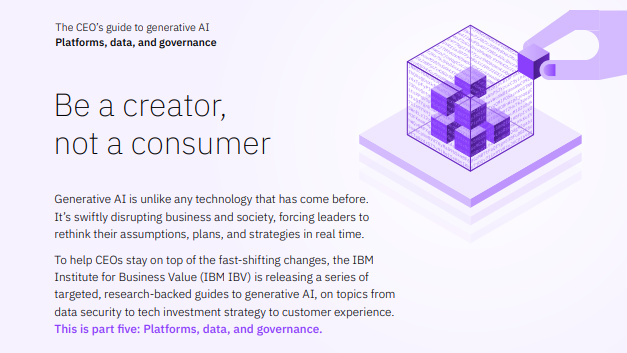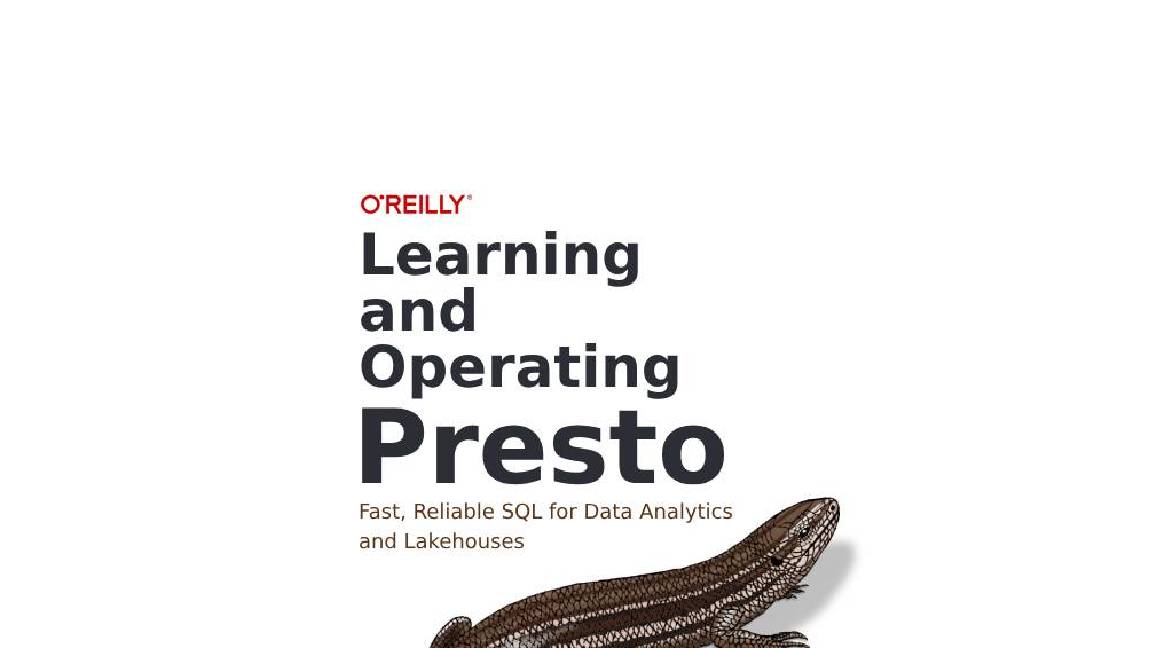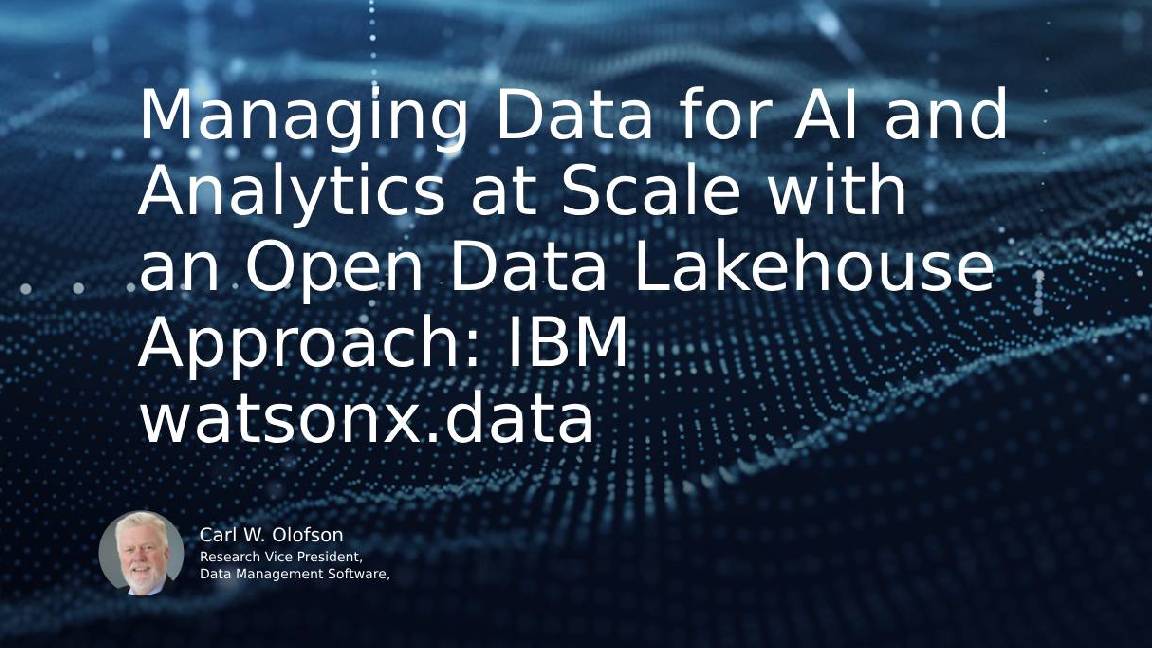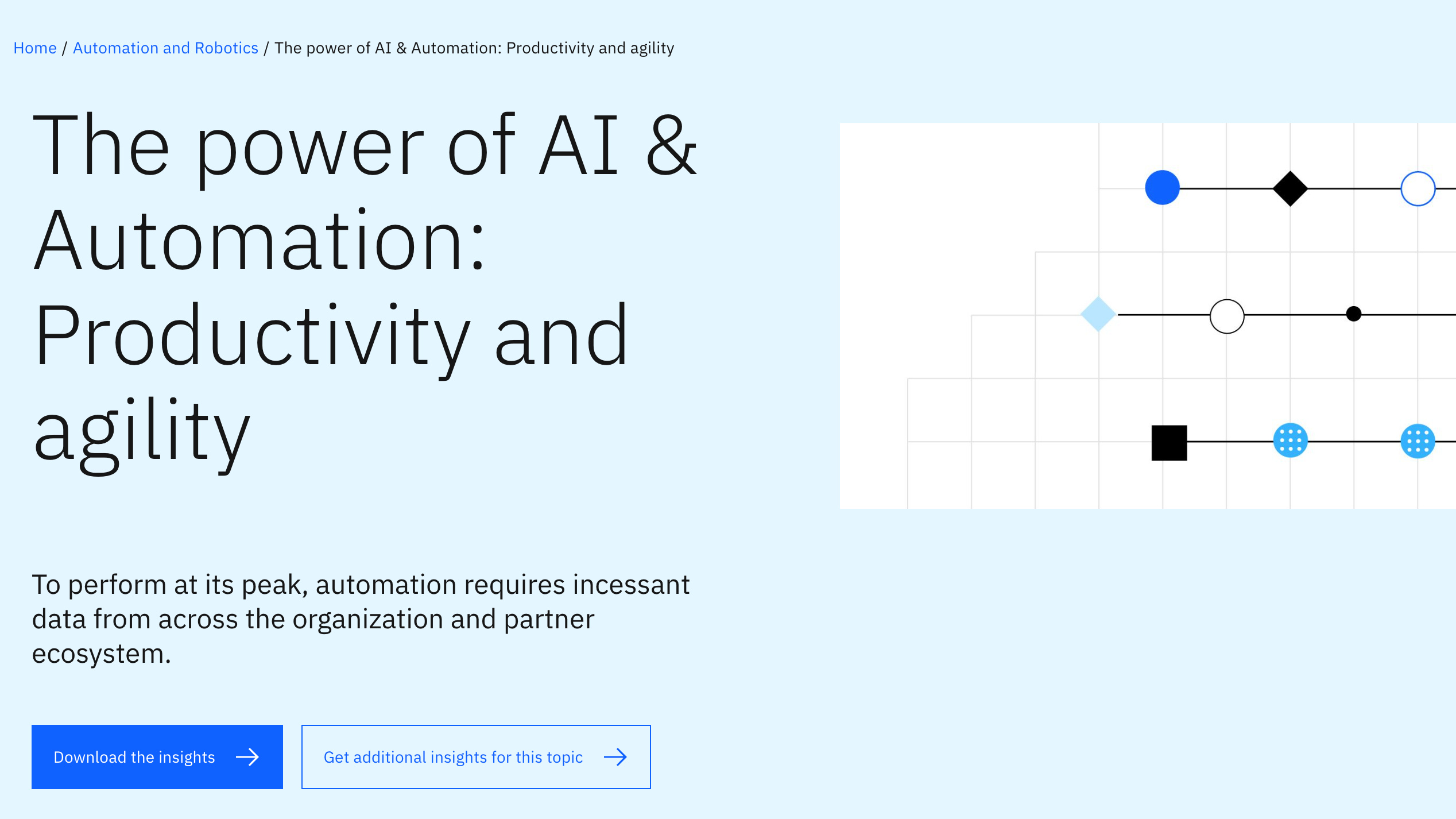Infrastructure is everywhere — and so is your data
New centres of data are enabling leaders to foster an agile infrastructure that facilitates the rapid deployment of business services

This article originally appeared in Issue 10 of IT Pro 20/20, available here. To sign up to receive each new issue in your inbox, click here.
If there’s one thing that COVID-19 has taught the business world, it’s the importance of agility.
The pandemic has added to the existing pressures of new competition, new markets and an always open global economy – all of which require business leaders to use technology as a tool to drive business value by increasing flexibility, speed and agility.
“It’s never been more important for IT and business leaders to explore new and diverse sourcing models in order to reduce legacy equipment, consolidate suppliers, globalise catalogues and eliminate unnecessary or outdated applications,” explains Adam Burden, Accenture’s technology lead for North America. “Ultimately, the need for a more agile infrastructure is now greater than ever.”
Tyrran Ferguson, head of artificial intelligence (AI) at multinational IT services provider SCC argues that “when you consider the difference between large corporates versus startups, you see the benefits that agility can bring. Generally, startups are more flexible and they tend to cater much more specifically to customer requirements, and larger corporations are trying to mimic this. The need for agility is only amplified by changing industry and regulations. Things like public-cloud and GDPR stipulations have forced a lot of strategies to change.”
Against this backdrop, infrastructure and operations (I&O) leaders face a huge amount of pressure. “These are uncertain times,” says Milind Govekar, chief of research within analyst firm Gartner's I&O research team. “Businesses want the ability to be able to turn on a dime and adapt to change quickly. This requires an agile infrastructure. CEOs realise that actually cultural resistance to change is lower than it has been for a long time, and openness to digital transformation is high. As a result, they are putting pressure on their I&O teams who – after facilitating working from home on a mass scale – are suddenly in the limelight.”
A framework for success
According to Gartner, these I&O teams need to create an IT infrastructure that is always on, always available and everywhere. By embracing emerging trends in edge computing, AI, machine learning (ML) and the ever-changing cloud marketplace, they will enable more global reach, solve business issues and ensure the flexibility to enter new markets quickly, anywhere and anytime.
Get the ITPro daily newsletter
Sign up today and you will receive a free copy of our Future Focus 2025 report - the leading guidance on AI, cybersecurity and other IT challenges as per 700+ senior executives
“As the use of AI and ML becomes more prescriptive, I&O leaders need to understand the downstream impact that these technologies will have on future infrastructure,” explains Jesse McHargue, technology evangelist at Nintex. “Now, given the current state of remote work, the changing infrastructure is closely mirroring edge computing models. Edge computing, and other evolving infrastructures, are putting more power in the hands of the users, instead of being locked away in a central location. Edge computing will play a major role in how organisations look at the future of their infrastructures.”
This is what Govekar calls the move to ‘data connect', rather than ‘data collect’ – the ability to process data in situ at the edge and only moving this data to lakes of data centres if absolutely necessary.
Keeping it close
“It has become abundantly clear that latency-sensitive applications require proximity to the things that use them,” explains Russell Poole, managing director at global digital infrastructure company Equinix. “But they don’t just need to be close to users – they also need to be near supporting systems, applications, and private and public clouds to ensure latency doesn’t impact the customer experience.”
A more agile infrastructure built around centres of data will ultimately enable data to be managed far more effectively. “It will enable organisations to pivot quickly, get data into the right ecosystems and prevent operational processes from being halted by the ‘plumbing’ we see today,” says Ferguson. “It would mean that all platforms and applications are handled in a way where their data has a journey-plan and the business knows how to store it, how to cleanse it, how to apply meta tags to it and then determine what they want to do with it.”
It’s a compelling proposition – and one that’s already gathering pace. Indeed, Gartner predicts that, in as a little as two years’ time, 60% of enterprise IT infrastructures will focus on centres of data, rather than traditional data centres.
“While data centres are not going away anytime soon, they are rapidly evolving and need to be simplified,” says Konstantinos Roungeris, a member of the cloud and compute team at multinational technology firm Cisco. “There are many organisations that still have hundreds of applications stored in their own data centres or hosted in co-location sites – applications that are critical to their business and reflect years of investments. Furthermore, there are still many examples of firms running bespoke hardware and software … that can’t be replicated in the cloud. But the role of the data centre is changing. The new data centre is effectively the whole multi-cloud landscape, so a new approach is needed.”
McHargue agrees. “Traditional data centres will be reimagined,” he says. “The idea of a traditional data centre in a closet or back room will disappear over time as we move forward with cloud computing and edge computing.”
Inhibitors to success
Unfortunately, Gartner research has also found that 75% of I&O leaders are not prepared with the skills, behaviours or cultural presence needed for effective change to happen.
“More than investing in new tooling, this is about facilitating a cultural change that enables I&O leaders to simplify their everyday complexity and spend more time on strategies focused on that exact evolution,” says Roungeris.
“A shift in both mindset and culture are absolutely fundamental to facilitating a more agile infrastructure,” adds Gartner’s Govekar. “However, while over 70% of organisations have a project in place to lean out their infrastructure, they have insufficient skills and resources to make it happen.”
And these aren’t the only barriers to success.
“The biggest issue of creating ‘centres of data’ is the underlying architecture and technology ‘ballet’ needed to ensure there is a consistent version of the truth – no matter the data lake, the system or data stream being interrogated,” says Burden.
Indeed, one of the primary pitfalls of centres of data is duplicate efforts. Many organisations are paying for resources and tools across multiple centres – HR might be building processes and storing data one place, while legal and finance are each doing the same elsewhere.
“Before you know it, you may be paying for multiple tools across multiple centres, and that’s not going to be good in the long run for organisations,” says McHargue. “Organisations need to decide if it’s more cost effective to have them separated out, managed on five smaller data centres or run on a single data centre.”
Security is also a concern. “In many large multinational organisations, security and regulatory requirements can play a role in them maintaining compute infrastructure on-premises,” says Roungeris.
These are sophisticated challenges, but they absolutely need to be met in a world hungry for real-time decision making. In fact, those that fail to adapt will have a hefty price to pay: According to recent research by Accenture, companies that only make defensive technology investments are more likely to face disruption, growth stagnation and financial constraints. In contrast, those that implement an agile approach through technologies such as automation, DevOps and continuous delivery are outperforming their peers in revenue growth and operating margin – and stand to generate double the revenue growth of those that lag behind.
Preparing for change
With this in mind, I&O leaders that have not already made the first steps towards creating an agile infrastructure need to do so now.
“This is a journey – it won’t happen overnight,” says Govekar, who believes there are a number of things that can be done to make the transition easier. “First, I&O leaders need to work out where they are on the journey,” he explains. “While everyone has a technology strategy, not everyone has a talent strategy, so that’s something to think about. Next, they need to get familiar with platform technology and build an understanding of KPIs and metrics in terms of how they can work with stakeholders to drive business outcomes. Ultimately, it’s about people and processes – and only then can you start thinking about technology.”
Roungeris adds that, when it comes to the technology elements, “a very relevant opportunity right now is importing or building in-house skills around public cloud, everything as code, microservices and cloud native frameworks (service mesh for example)”.
“Contributing or driving re-usable shared practices such as cloud architects and cloud centres of excellence are also key areas, as well as promoting strategies for cross-domain collaboration as the new status quo,” he says
Ultimately, McHargue advises I&O leaders to look at the tech trends they are witnessing across their own industry and use those to help guide their decision. “I cannot stress enough how important it is for I&O leaders to have these conversations now,” he says. “At some point we’re going to hit an inflection point and need to make a change. Being prepared will ensure that when that change comes, organisations are prepared – and can reap the rewards of an agile approach, instead of being displaced by it.”
-
 Why keeping track of AI assistants can be a tricky business
Why keeping track of AI assistants can be a tricky businessColumn Making the most of AI assistants means understanding what they can do – and what the workforce wants from them
By Stephen Pritchard
-
 Nvidia braces for a $5.5 billion hit as tariffs reach the semiconductor industry
Nvidia braces for a $5.5 billion hit as tariffs reach the semiconductor industryNews The chipmaker says its H20 chips need a special license as its share price plummets
By Bobby Hellard
-
 Empowering enterprises with AI: Entering the era of choice
Empowering enterprises with AI: Entering the era of choicewhitepaper How High Performance Computing (HPC) is making great ideas greater, bringing out their boundless potential, and driving innovation forward
By ITPro
-
 The CEO's guide to generative AI: Be a creator, not a consumer
The CEO's guide to generative AI: Be a creator, not a consumerWhitepaper Innovate your business model with modern IT architecture, and the principles of trustworthy AI
By ITPro
-
 Learning and operating Presto
Learning and operating Prestowhitepaper Meet your team’s warehouse and lakehouse infrastructure needs
By ITPro
-
 Scale AI workloads: An open data lakehouse approach
Scale AI workloads: An open data lakehouse approachwhitepaper Combine the advantages of data warehouses and data lakes within a new managed cloud service
By ITPro
-
 Managing data for AI and analytics at scale with an Open Data Lakehouse approach
Managing data for AI and analytics at scale with an Open Data Lakehouse approachwhitepaper Discover a fit-for-purpose data store to scale AI workloads
By ITPro
-
 The power of AI & automation: Productivity and agility
The power of AI & automation: Productivity and agilitywhitepaper To perform at its peak, automation requires incessant data from across the organization and partner ecosystem
By ITPro
-
 A guide to help you choose the UPS battery backup for your needs
A guide to help you choose the UPS battery backup for your needsWhitepaper Download this guide and stay connected with a UPS that's free of interruption or disturbance
By ITPro
-
 Managing data for AI and analytics at scale with an open data lakehouse approach: IBM watsonx.data
Managing data for AI and analytics at scale with an open data lakehouse approach: IBM watsonx.datawhitepaper Eliminate information silos that are difficult to integrate
By ITPro